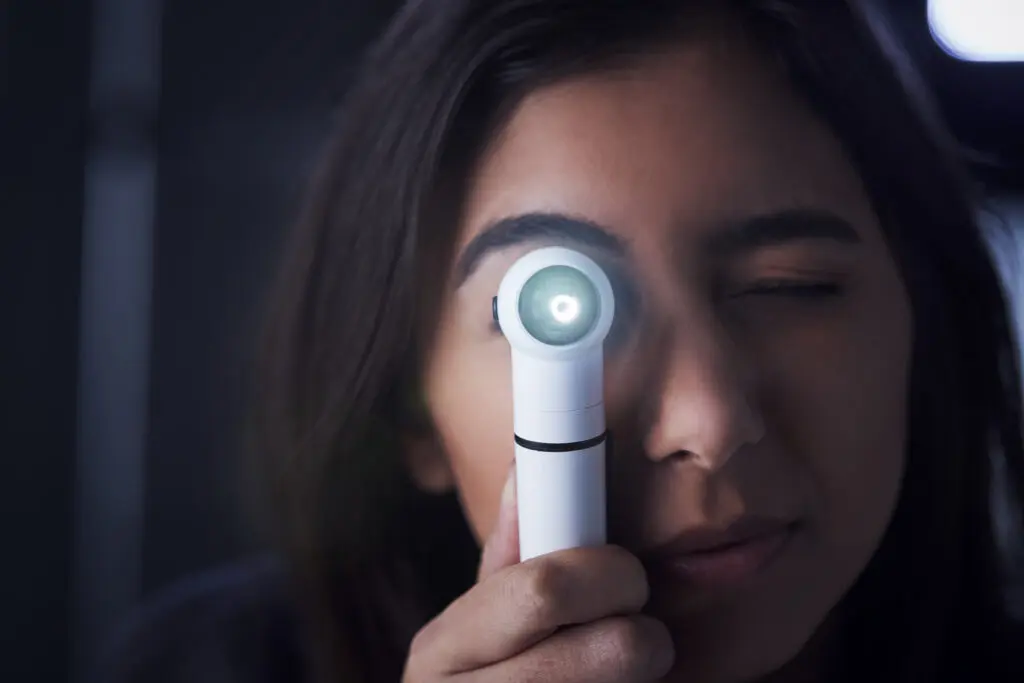This month’s blog was inspired by a recent client of ours who expressed some challenges he had while trying to search for our services online. We work very hard to ensure that those in our area who could benefit from Vision Therapy are able to find us, so this came as quite a surprise!
When asked what he was specifically searching for, his response was that he had been tirelessly looking for solutions to “dizziness while driving” – a symptom that he had been experiencing for nearly 2 years. Dizziness while driving is an extremely common symptom that can be effectively treated with Vision Therapy, but I had never thought to outline this directly. Fortunately, this interaction provided me with the inspiration to change this.
Dizziness while Driving
Dizziness while driving is an interesting phenomenon in that while seated and stationary, there are typically only minor accelerative forces acting on our vestibular (inner ear) system to throw us off balance. As such, much if not all of the symptoms are being triggered by inefficiencies in our visual system directly.
While there can be a host of causes for this, the three most common visual deficits typically uncovered are:
Vertical Heterophoria
For a subset of the population, the two eyes do not align in the same plane – with one eye being directed slightly higher than the other. This may be the result of a postural misalignment or neuromuscular deficit and is typically a very subtle finding, rarely detected on gross observation. Careful optometric assessment, however, can uncover this finding rather easily. As you can imagine, the conflict between visual images transmitted to eyes that are vertically misaligned will create rather marked disorientation and dizziness at high speeds. Fortunately, treatment is typically fast and effective – with a combination of prismatic glasses correction and in-office Vision Therapy being the most comprehensive and effective solution.
Binocular Vision Dysfunction
Binocular Vision Dysfunction is a broad category that encompasses a host of more specific visual diagnoses related to how well the two eyes work as a team. Generally, the flexibility of our visual scanning and location skills while driving can be broken down into how accurately and effectively we are able to diverge (move eyes outward to view distant targets) and converge (move eyes inward to view near targets). Measurable deficits in these areas generally respond very well to in-office Vision Therapy, resulting in reduced dizziness and greatly improved visual comfort while a passenger or behind the wheel.
Post Trauma Vision Syndrome
Post Trauma Vision Syndrome is a broad category that encompasses a collection of visual measurements and findings that tend to accompany acquired brain injury. More information on this particular diagnosis has been outlined in one of our previous blog posts which can be found HERE. Treatment of this condition with a combination of glasses wear and in-office Vision Therapy tends to yield the best results.
These three diagnoses certainly don’t represent an exhaustive list of possible causes for dizziness while driving, but do make up the majority of cases that we work with and manage here at Okanagan Vision Therapy. If you or someone you know struggles to be in a vehicle for an extended period of time, be sure to have their vision functionally assessed. With strategic glasses use and Vision Therapy, years of struggle and discomfort can very commonly be remedied or avoided.
Until next month,




